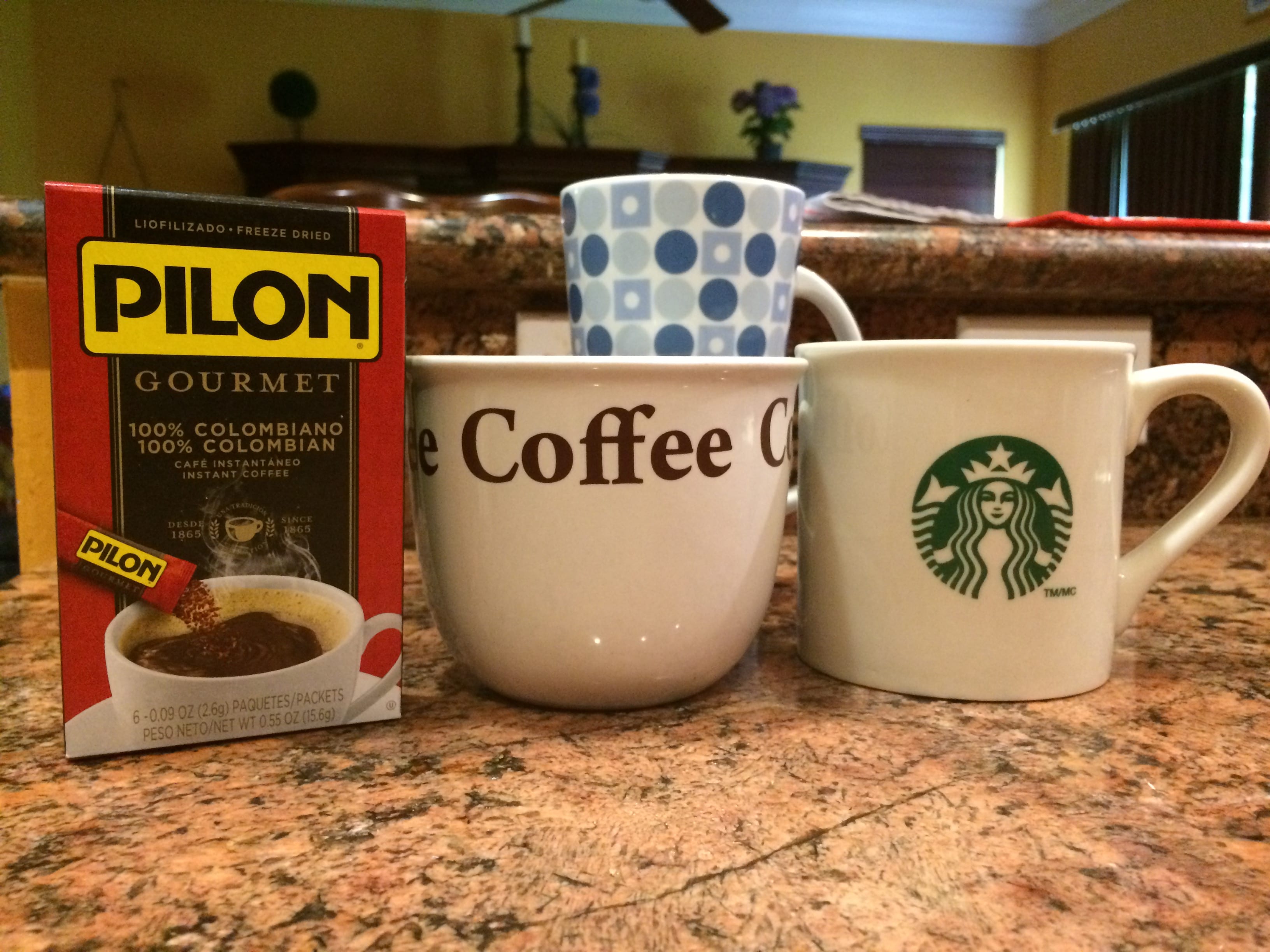Besides water, alcohol, soda, juice and tea, coffee is one of the most consumed beverages on the planet. It goes without saying that some people can’t live without it, but do coffee lovers really know that much about it, besides its seemingly loving way of erasing exhaustion, its dark and seductive taste and the numerous ways in which it is served? Here’s a breakdown of the history, benefits and unusual uses of the universally loved coffee bean.
Historical grounds—coffee in antiquity
Coffee was introduced between the 10th and 15th centuries CE. According to The Atlantic online magazine, coffee was first mentioned in the 10th century by a Persian physician. The BBC credits the earliest proven instance of coffee drinking and familiarity with the coffee tree to the Sufi monasteries in Yemen in the 15th century. According to Eagle Coffee Company, in 1511, orthodox imams in Mecca banned coffee because of its stimulating properties, but the ban was overturned by an Ottoman Turkish sultan in 1524.
The National Coffee Association (NCA) said that by the 16th century, coffee had spread eastward to the Horn of Africa and northward to the Middle East, Turkey and northern Africa, and it eventually reached Italy and the rest of Europe in the 17th century. It was brought to the Americas by the Dutch in the 18th century, according to PBS’s The History Kitchen.
Some cultures offer their own stories about coffee’s origin. The NCA explained the legendary tale of coffee’s Ethiopian roots: when Ethiopian shepherds noticed that their sheep danced after eating coffee berries, they discovered coffee’s caffeinating effect. Another story, according to Jacu Coffee Roastery, is that a Sufi mystic in Ethiopia noticed that some birds were full of energy. He tried the berries that the birds had eaten, and he gained the same energy.
Coffee’s perks—the pros of coffee
Besides keeping you awake—and mostly refreshed so you can stake out an all-nighter—coffee is really good for you. Although numerous studies have conflicting results as to whether there is a relationship between coffee and coronary heart disease, the Huffington Post said that drinking three to five cups of coffee a day can actually reduce your risk of having a heart attack.
Research done by the University of Birmingham in the United Kingdom showed that although coffee does have a mild diuretic effect, it has no effect on hydration.
Harvard Medical School reported that coffee is rich in antioxidants, which are necessary for heart health, and that it may prevent cancer and diabetes. Their study showed that those who drink coffee regularly are 50 percent less likely to get cancer and diabetes than those who don’t, and that regular consumers also reduce their chances of passing gallstones.
Bean there, done that—the different uses of coffee
The most obvious way to use coffee is to drink it—dripped/filtered, French-pressed or percolated. There are countless different brews or versions of coffee, from espressos to café con leche to iced to decaf. But there are also some hidden uses.
- com, an online guide to home, travel, gardening and more, said to use coffee grounds in your garden for your compost pile or as fertilizer. It’s a great way to get the most out of your coffee and be environmentally friendly.
- Reader’s Digest said coffee grounds can also be used to keep unwanted animals like cats and dogs out of your yard. Sprinkle them around your flowers, garden or entire yard to keep pesky animals out.
- com has directions for a coffee-scented air freshener. Put the strong and aromatic scent of freshly ground coffee to use in this do-it-yourself project.
Coffee filters also have plenty of helpful uses. POPSUGAR Smart Living recommended that a few drops of fabric softener on a coffee filter makes the perfect homemade dryer sheet in a pinch. Real Simple Home and Lifestyle Network said to use coffee filters to line the bottom of your plant pots to reduce leakage.
It’s likely that coffee is the nectar of the gods. With all of its benefits, it’s hard to argue that coffee isn’t worth its August consumer price index (CPI) of about $4.80 per pound, according to the U.S. Bureau of Labor Statistics. So drink up, coffee-enthusiasts. Pound for pound, coffee’s rich flavor and history, health benefits and cool uses make it one of the wonders of the universe.
| Espresso facts about java:
· Coffee is slightly acidic. · Coffee is grown in more than 70 countries. · In North America, coffee is grown in Mexico, Hawaii and Puerto Rico. · Coffee beans are seeds from the fruit of the Coffea plant. · Behind petroleum, coffee is the world’s second-most valuable traded good. · Out of over 100 species of coffee, there are two main strains: robusta and arabica. Robusta has a bitter or burnt taste and has more caffeine than Arabica. Arabica has almost twice the amount of sugar content. |
| Top exporters of coffee:· Brazil
· Vietnam · Colombia · Indonesia · Ethiopia Top inexpensive brands of coffee, according to smartasset.com: · Eight O’Clock Coffee · Chock Full O’ Nuts · Folgers · Maxwell House · Dunkin Donuts |


